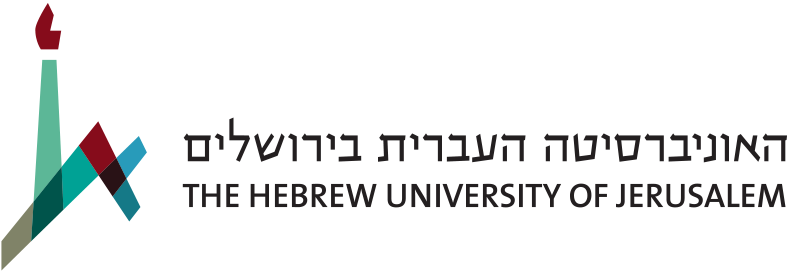Date:
Thu, 29/06/2023 - 11:00 to 12:00
Location:
Los Angeles Bld., Jerusalem, Israel
Abstract
Rhodopsins are a class of photoreceptor proteins which gain their light sensitivity from a covalently bound
retinal chromophore. The biological functions of these proteins are initiated through photoisomerization of
the chromophore. The absorption maximum of each rhodopsin is determined from the interactions
between the retinal chromophore and the surrounding residues of the protein. In microbes, these proteins
also act as ion channels making them ideal candidates for technical applications such as optogenetics.
One issue hindering the wider application of rhodopsins as photoswitches is that they often absorb in the
same region as other biological molecules. Fortunately, there is a biological transparency window, ranging
from red light (650 nm) to the infrared (1350 nm), where light has maximum tissue penetration. Ongoing
research has focused on how to rationally tune the absorption maximum of rhodopsins to fall within this
window while maintaining the activity of the protein. The tuning of the absorption maxima in these proteins
can be achieved in various ways. In this presentation I will discuss the spectral tuning mechanisms of
several rhodopsins that were studied by computer simulations. [1–3]
Following light absorption the chromophore undergoes photoisomerization and
relaxes back to the ground state on an ultrafast timescale. The protein environment can influence the
efficiency of this reaction and determine which bond isomerizes. Results highlighting the mechanism of
photoisomerization for jumping spider rhodopsin-1 (JSR1) will also be presented.
Rhodopsins are a class of photoreceptor proteins which gain their light sensitivity from a covalently bound
retinal chromophore. The biological functions of these proteins are initiated through photoisomerization of
the chromophore. The absorption maximum of each rhodopsin is determined from the interactions
between the retinal chromophore and the surrounding residues of the protein. In microbes, these proteins
also act as ion channels making them ideal candidates for technical applications such as optogenetics.
One issue hindering the wider application of rhodopsins as photoswitches is that they often absorb in the
same region as other biological molecules. Fortunately, there is a biological transparency window, ranging
from red light (650 nm) to the infrared (1350 nm), where light has maximum tissue penetration. Ongoing
research has focused on how to rationally tune the absorption maximum of rhodopsins to fall within this
window while maintaining the activity of the protein. The tuning of the absorption maxima in these proteins
can be achieved in various ways. In this presentation I will discuss the spectral tuning mechanisms of
several rhodopsins that were studied by computer simulations. [1–3]
Following light absorption the chromophore undergoes photoisomerization and
relaxes back to the ground state on an ultrafast timescale. The protein environment can influence the
efficiency of this reaction and determine which bond isomerizes. Results highlighting the mechanism of
photoisomerization for jumping spider rhodopsin-1 (JSR1) will also be presented.

